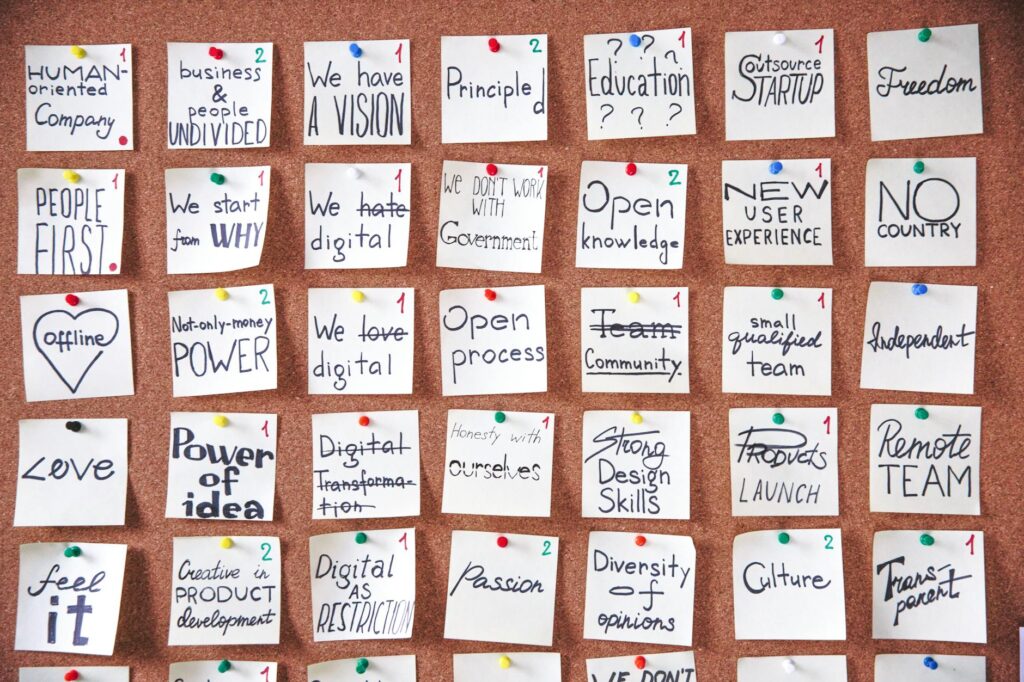What is workplace motivation strategies?

What is Workplace Motivation Strategies?
Understanding workplace motivation strategies is essential for cultivating an environment where employees thrive. Motivation is the driving force behind performance and satisfaction. When employees feel motivated, they’re likely to go the extra mile, which significantly impacts overall productivity. This article explores the different facets of workplace motivation and provides actionable strategies to enhance employee engagement and satisfaction.
Understanding Workplace Motivation
Workplace motivation refers to the inner drive that compels employees to take action and perform at their best. It’s influenced by various factors, including individual goals, workplace culture, and leadership styles. Motivation plays a pivotal role in shaping employee behavior and ultimately affects organizational success.
The Importance of Motivation in the Workplace
Why is motivation crucial for employees? Motivated employees are more productive, creative, and engaged. They contribute positively to the organizational culture, leading to lower turnover rates and higher job satisfaction. According to research, motivated individuals are not only more efficient but also foster a positive work environment, enhancing teamwork and collaboration. Companies that prioritize motivation often see better results, such as increased profitability and innovation. For further insights on the importance of motivation, check out this article from Aspire Training Team.
Different Types of Workplace Motivation
Motivation can be broadly categorized into two types: intrinsic and extrinsic.
-
Intrinsic Motivation: This comes from within an individual. It might be driven by personal satisfaction, the joy of completing a challenging task, or the desire for personal growth.
-
Extrinsic Motivation: This type is influenced by external rewards, such as bonuses, promotions, or recognition from peers and management.
Understanding these types can help organizations tailor their motivation strategies to meet diverse employee needs and preferences.
Key Workplace Motivation Strategies
Implementing effective workplace motivation strategies is vital for enhancing employee morale and productivity. Here are several approaches to consider:
Goal Setting and Achievement
Setting clear, achievable goals is fundamental for motivating employees. When employees know what they’re working towards, they have a clear purpose. SMART (Specific, Measurable, Achievable, Relevant, Time-bound) goals are particularly effective. They provide a structured approach, helping employees focus their efforts and measure their progress. This method not only clarifies expectations but also fosters a sense of accomplishment when goals are achieved.
Recognition and Rewards Programs
Acknowledging employee contributions can significantly boost motivation. Employees who feel appreciated are more likely to remain loyal and engaged. Implementing a recognition program—whether through verbal praise, awards, or bonuses—can create a culture of appreciation. For more ideas on motivating employees through recognition, explore strategies from Indeed.
Creating a Positive Work Environment
A supportive and inclusive workplace is essential for motivation. Employees thrive in environments where they feel safe, valued, and respected. Promoting a culture that encourages open communication and collaboration can enhance morale and motivation. When employees feel they belong, they’re more likely to invest their time and energy into their work.

Photo by Polina Zimmerman
Implementing Effective Motivation Strategies
Once organizations identify the motivation strategies that resonate with their workforce, the next step involves effective implementation.
Conducting Employee Surveys
Gathering feedback through employee surveys can provide valuable insights into what motivates your team. Surveys can help identify areas for improvement, understand employee needs, and gauge the effectiveness of current strategies. By actively seeking employee input, organizations can tailor their motivation initiatives to better align with employee preferences.
Training and Development Opportunities
Offering continuous learning and development opportunities can significantly boost motivation. Employees who feel they’re growing and advancing in their skills are generally more engaged. Companies should encourage professional development through workshops, online courses, and mentorship programs. This not only benefits employees but also enriches the organization with a more skilled workforce.
Measuring the Impact of Motivation Strategies
Assessing the effectiveness of implemented motivation strategies is crucial for ongoing improvement.
Using Key Performance Indicators (KPIs)
Establishing KPIs can help measure motivation and productivity levels. Metrics such as employee engagement scores, turnover rates, and productivity levels can indicate how well motivation strategies are working. By regularly reviewing these metrics, organizations can make informed decisions about necessary adjustments.
Regular Feedback and Adjustments
Continuous evaluation is essential. Soliciting regular feedback from employees on motivation strategies can highlight what’s working and what isn’t. Organizations should remain adaptable, making adjustments based on this feedback to ensure motivation strategies remain relevant and effective.
Conclusion
In summary, workplace motivation strategies are vital for enhancing employee productivity and satisfaction. By understanding the various types of motivation and implementing targeted strategies—such as goal setting, recognition programs, and creating a positive work environment—organizations can foster a motivated workforce. Continuous evaluation and adaptation of these strategies will ensure they remain effective, driving success for both employees and the organization. Embracing these strategies not only boosts employee morale but also strengthens the entire organizational culture.